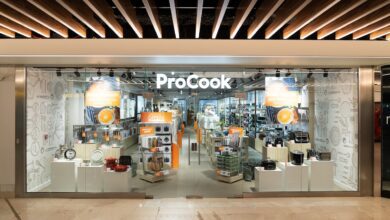Embracing Google Shopping and omnichannel strategies post-lockdown
By Liam Patterson, CEO and founder at Bidnamic

The relaxation of restrictions on June 21 – or as it has become known in the media, ‘Freedom Day’ – was meant to be a return to normality. For brick and mortar retailers especially, this represented a chance for them to increase sales and recoup losses endured during lockdown.







